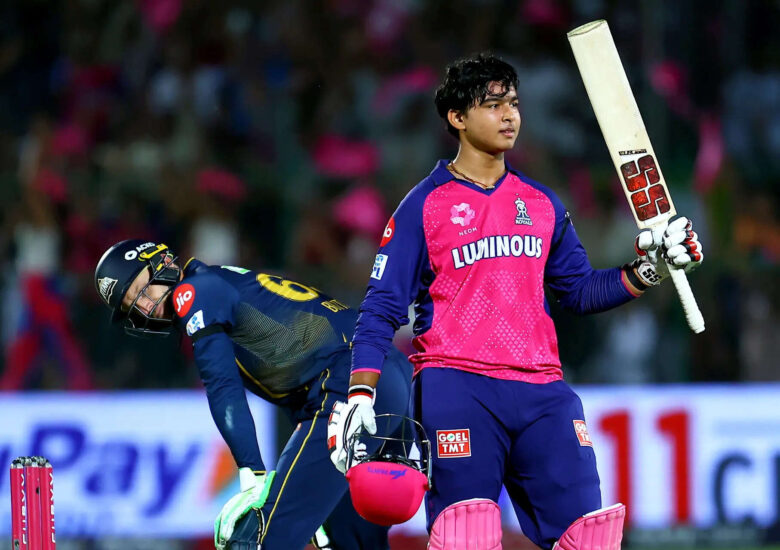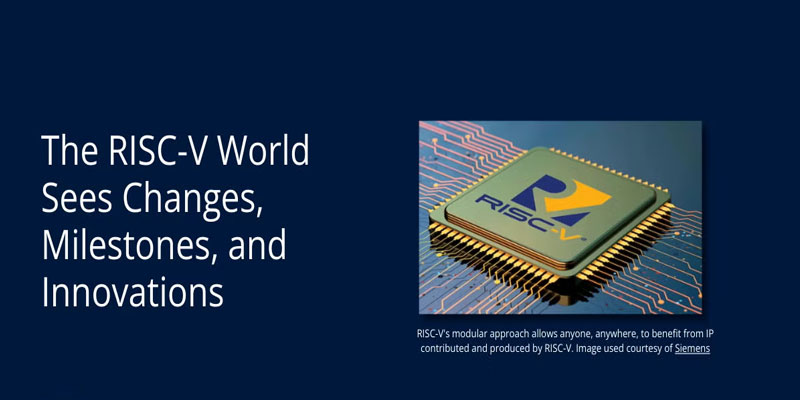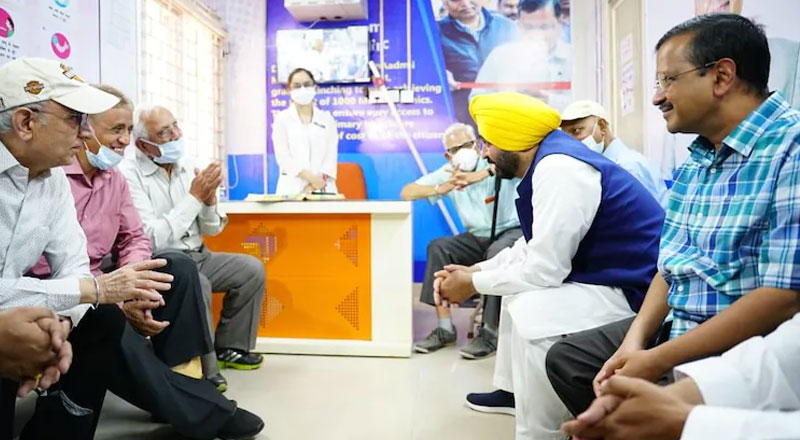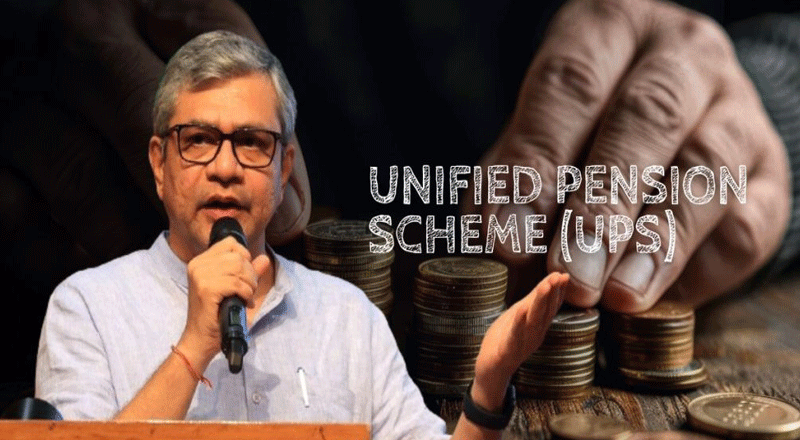Current News
Politics
India Is Not a Dharamshala”: SC Rejects...
India Is Not a Dharamshala, Says Supreme Court Reinforcing the country's sovereign right to control immigration and its asylum policy, the Supreme Court of Ind...
Sports
End of an Era: Virat Kohli Bids Farewell...
A Giant Walks Away from the Longest Format In a heartfelt message that reverberated across the cricketing world, Virat Kohli announced his retirement from Te...
View More News
Copyright © All rights reserved. The images belongs to the respective copyright holders.
















































